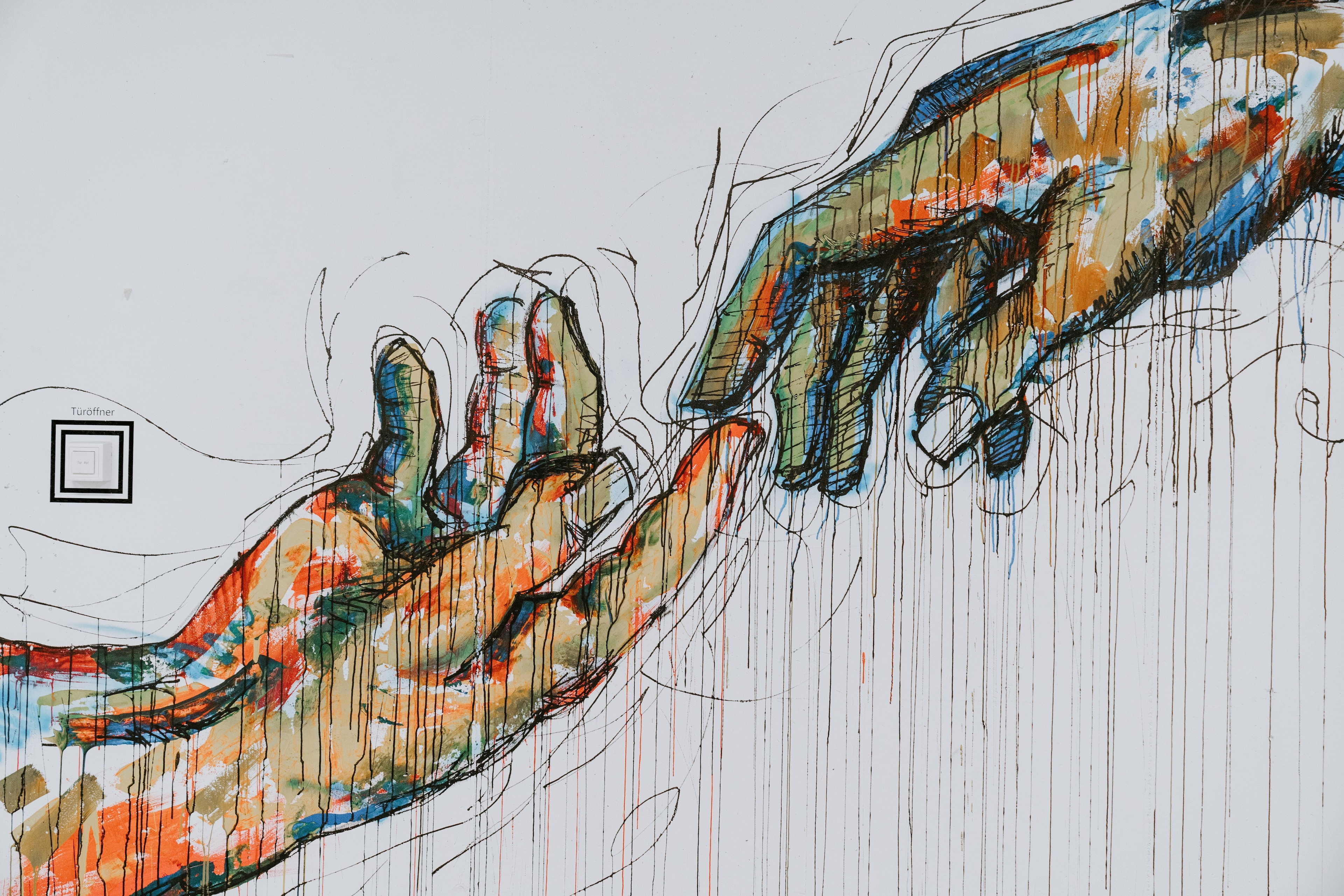Three ways the Fourth Industrial Revolution can transform healthcare

A spine model implanted with a 3D-printed artificial axis Image: REUTERS/Jason Lee

Get involved with our crowdsourced digital platform to deliver impact at scale
Stay up to date:
Davos Agenda
Digital technologies are rapidly transforming daily life for people around the world, in ways never before thought possible. With new levels of mobility and connectivity, and emerging technologies such as artificial intelligence, 3D printing and nanotechnology, it is clear that the pace of change will only grow. This “Fourth Industrial Revolution”, where technology is fundamentally changing how we live, work and relate to others, is a core theme for this year’s World Economic Forum in Davos, Switzerland.
Just as previous industrial revolutions forever altered how people around the world live and work, we can expect to see technological advances impact more and more aspects of our lives and businesses. When you consider that the digital universe of data we create and duplicate annually is expanding by 40% per year, the potential benefits this new digital age presents for society are likely to be significant, especially when it comes to healthcare.
We are already beginning to see technology lead to what could be transformational changes in the healthcare landscape. Take IBM’s Watson project, for example, which is seeking to combine clinical, research and social data to deliver new healthcare solutions in areas ranging from clinical trials to disease management. Another example is our alliance with Google[x] to develop a truly accommodating contact lens to better manage presbyopia and myopia.
As we look to the future, the Fourth Industrial Revolution has the potential to be truly game-changing for patients, especially in the areas of disease management, aging, and the discovery and development of new medical innovations. Here are three ways in which it might happen:
1. Embedding disease management in our daily lives
Whether it’s proactively checking vitals or adding a medication to a daily routine, disease management today is about much more than a physician administering a treatment in the hospital. Non-communicable diseases (NCDs) are expected to account for 52 million deaths by 2030, and more than 80 percent of NCD deaths are from chronic conditions such as cardiovascular and respiratory diseases.
Poor patient compliance with treatments for these diseases is a critical issue, costing the U.S. healthcare system an estimated USD 200 billion annually and €125 billion per year in Europe. Thinking to the future, devices could become more seamlessly interconnected through the Internet of Things (IoT) to enhance patient monitoring, potentially allowing individuals and their physicians to better manage conditions like NCDs. Sensors connected to the IoT have the potential to engage NCD patients in their disease management, which could help reduce the incidence of adverse events and associated costs.
A patient with a respiratory condition, for example, could have “invisible” sensors embedded in objects in their home and car that may be able to determine when their breathing could become laboured, and remind them to intervene with therapies like an inhaler before hospitalization is necessary.
2. Caring for the aging population
Advances in technology also have the potential to reduce negative outcomes and rising costs associated with aging. The population over age 60 is expected to reach nearly 2 billion by 2050, leading to an increase in conditions typically associated with aging, such as loss of mobility. These conditions have considerable impact on the health and lifestyle of older individuals, and are often accompanied by significant financial burden. In the U.S., for example, the cost of providing healthcare for one person aged 65 or older is three to five times higher than the cost for someone younger than 65.
Robotics is one promising area being explored to provide care to aging individuals. Drones may someday be used to perform simple household tasks such as delivering a bottle of medicine from another room, reducing the risk of falls. Combined with artificial intelligence, robotics could potentially provide some caregiving services to older individuals such as continuous monitoring and assisting with tasks like keeping track of medicines. This could be especially useful in areas with limited access to care, or where family caregivers are unable to attend to aging parents.
3. Addressing medicine’s greatest challenges
We’ve only just begun to see the potential of medical advances in areas of innovation like genomics. New technology has made it possible to sequence a person’s genome within 24 hours for $1,000, resulting in an explosion of genomic data that may someday help patients take preventative measures, and physicians and scientists develop more personalized treatments.
Although there are important ethical dilemmas to consider, the emerging field of gene editing may offer new hope for some largely untreatable genetic conditions, or diseases like Alzheimer’s. For instance, Novartis’s application of CRISPR (clustered regularly interspaced short palindromic repeats) genome editing technology could allow us to precisely delete, repair or replace the genes that cause certain diseases.
As we look to the future, it’s clear that the Fourth Industrial Revolution may usher in a new wave of potentially life-changing innovations. Just consider the major advances we have made in our understanding of science, genetics and the manifestation of disease in the body in the last several years. Diseases such as HIV and hepatitis C were not even discovered until the 1980s, and today we now have medicines that treat, and in some cases cure, patients suffering from these once life-threatening conditions.
When you consider the progress that can be made in a relatively short period of time, the possibilities to improve health around the world are considerable. As innovation thrives in the digital age, let us work together to leverage these technological advances to deliver a healthier, more connected future for people around the world.
Don't miss any update on this topic
Create a free account and access your personalized content collection with our latest publications and analyses.
License and Republishing
World Economic Forum articles may be republished in accordance with the Creative Commons Attribution-NonCommercial-NoDerivatives 4.0 International Public License, and in accordance with our Terms of Use.
The views expressed in this article are those of the author alone and not the World Economic Forum.
The Agenda Weekly
A weekly update of the most important issues driving the global agenda
You can unsubscribe at any time using the link in our emails. For more details, review our privacy policy.
More on Davos AgendaSee all
Kate Whiting
April 17, 2024
Andrea Willige
March 27, 2024
Shyam Bishen
March 20, 2024
Simon Torkington
March 15, 2024
Miranda Barker
March 7, 2024





